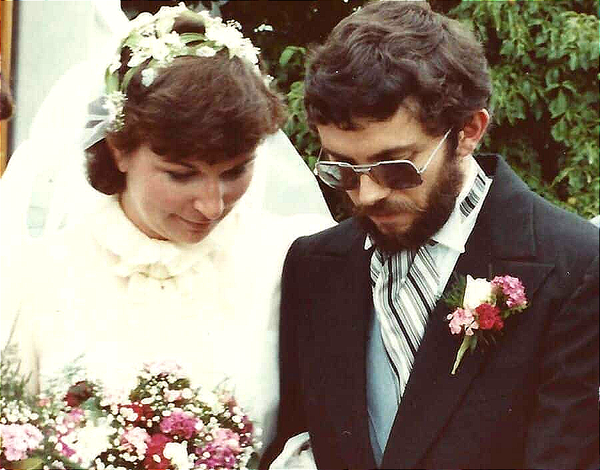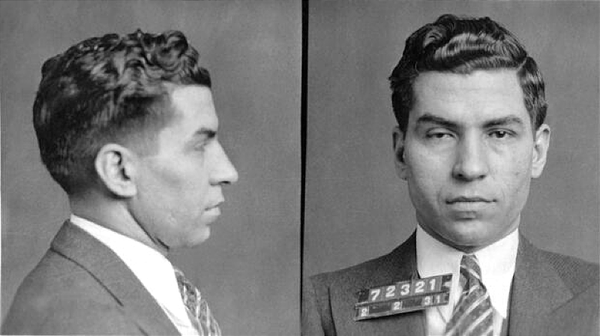How people can fail a breath test without having a drink

From the NYT: "A man was charged with drunken driving after crashing his truck and spilling 11,000 salmon onto a highway. Another was secretly recorded by his wife, who was convinced he was a closet alcoholic. A brewery worker was pulled over and given a breathalyzer test, which said that his blood alcohol level was more than four times the legal limit for drivers. The problem? None of those men had been drinking. Instead, they all were diagnosed with a rare condition known as auto-brewery syndrome, in which a person’s gut ferments carbohydrates into ethanol. This week, the man in Belgium was acquitted of drunk driving — the court found his body was essentially making its own beer."
In the 1400s people in Europe were convinced that the British had tails
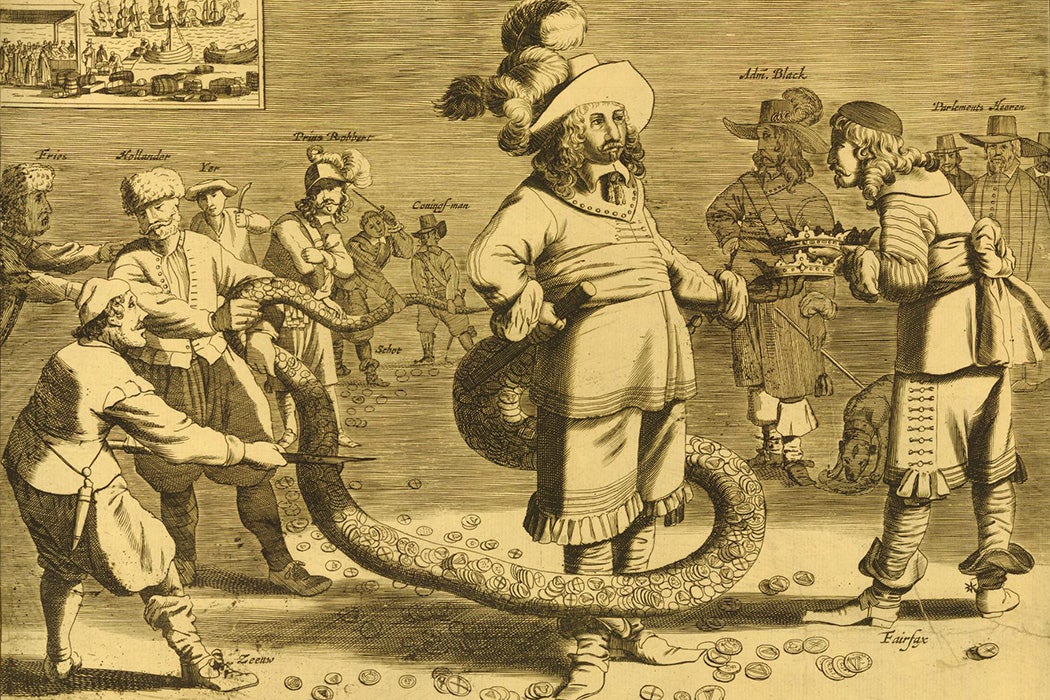
From JSTOR Daily: “Tails, tails!” That was the taunt the people of Paris flung at the English army in 1436 as the soldiers vacated the city that they had occupied for sixteen years. It was common knowledge among Parisians that each English person, under their clothes, concealed a secret tail. French literature was peppered with references to this hidden appendage. In his history of the taunt written the end of the nineteenth century, George Neilson argued that the Scottish boasted in 1332 that they would “make ropes of the tails of the English to tie them with.” An Italian book of the fourteenth century also described England as an island whose inhabitants were born with short tails, like deer."
The legend of ‘Bum’ Farto, the Key West fire chief-drug dealer who vanished
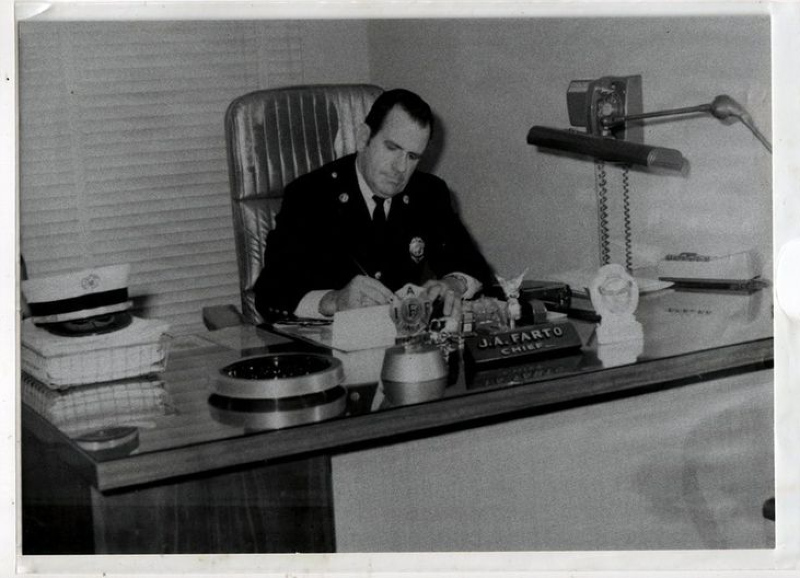
From Mental Floss: "Stroll through the island of Key West in Florida in the late 1970s and you were likely to come across a puzzling fashion trend: People sporting a $5 novelty t-shirt emblazoned with the words Where Is Bum Farto? Tourists may have been confused, but locals understood. Farto—his real name—was a figure of considerable infamy in the region. On the surface, he was a respected city official who headed up the fire station and cheered on the high school baseball team. He was also a noted eccentric with an alleged fondness for witchcraft and a proven fondness for dealing drugs. In 1975, when Farto became ensnared in an undercover drug bust, it seemed to be the end. But he had one more trick up his sleeve: Farto would soon vanish into thin air."
Editor's note: If you like this newsletter, please share it with someone else. And if you really like it, perhaps you could subscribe, or contribute something via my Patreon. Thanks for being a reader!
The Olympic torch relay is a tradition that started in Nazi Germany
/https://tf-cmsv2-smithsonianmag-media.s3.amazonaws.com/filer_public/29/95/299519c5-739f-40c3-9f22-b59298f22f1d/gettyimages-514866152.jpg)
From The Smithsonian: "The Olympic flame was lit during a choreographed ceremony in Olympia, Greece. The torch is now making its way to Paris, where it will arrive in time for the opening ceremony on July 26. While it was inspired by ancient Greek practices, the relay was first held in Germany, where the Nazis employed it as a propaganda tool. In 1931, the International Olympic Committee awarded the upcoming Games to Berlin. The torch relay was the brainchild of Carl Diem, who imagined a parade of more than 3,000 runners carrying a flame from Olympia all the way to Berlin. Beginning the relay in Greece and ending it roughly 1,500 miles away in Berlin reinforced the idea of a shared Aryan heritage between the ancient power and the new one.”
That time Harrison Ford rescued a lost Boy Scout with his helicopter
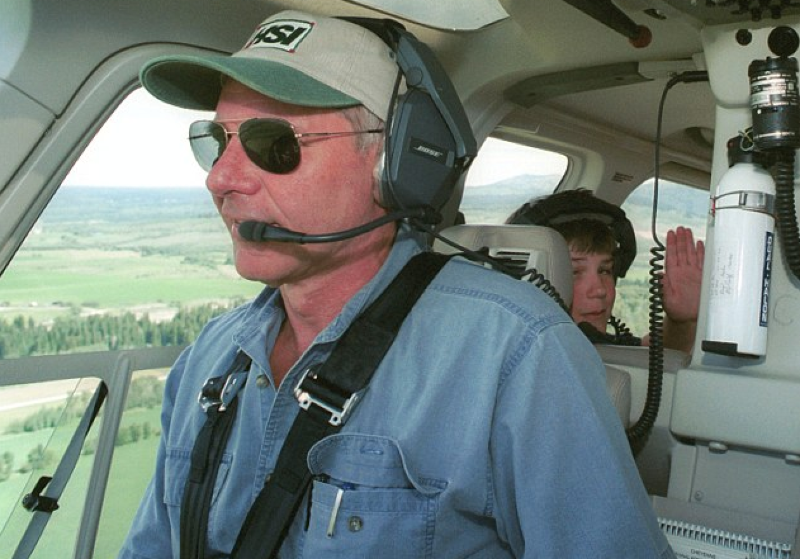
From the Washington Post: "Harrison Ford starred in a search-and-rescue sequel for a missing Boy Scout in 2001 in a forest just south of Yellowstone National Park. The actor, a part-time Jackson resident who offers his flying skills and helicopter for rescue missions, joined a search for a missing Utah Boy Scout who had wandered off a trail Monday and spent a cold night alone in the secluded forest. After two hours of flying, Ford and another searcher found 13-year-old Cody Clawson about 10 miles from a Boy Scout camp. Ford landed nearby to whisk the soggy, cold, tired and hungry Scout to safety. "Boy, you sure must have earned a merit badge for this one," said Ford.
He was a consultant on the movie Jaws but later changed his mind about sharks
From Nautilus: "In the 1970s, when a young filmmaker named Steven Spielberg was researching a new movie based on a novel about sharks, he returned to his alma mater, California State University Long Beach. Spielberg was developing a character who was a shark researcher, so he sent an art director to campus. There, the art director found the office of Donald Nelson, the unflappable biologist, spear fisherman, and shark fanatic who founded the lab in 1966. Nelson was credited as a science advisor and fully supported the film, as well as its 1978 sequel, Jaws 2. But over the next two decades, as Nelson’s research career took off, he would flip the script about sharks, bringing them out of the dark realm of fevered imagination into the clear light of science."
LinkedIn founder Reid Hoffman interviews his own AI-created digital twin
Acknowledgements: I find a lot of these links myself, but I also get some from other newsletters that I rely on as "serendipity engines," such as The Morning News from Rosecrans Baldwin and Andrew Womack, Jodi Ettenberg's Curious About Everything, Dan Lewis's Now I Know, Robert Cottrell and Caroline Crampton's The Browser, Clive Thompson's Linkfest, Noah Brier and Colin Nagy's Why Is This Interesting, Maria Popova's The Marginalian, Sheehan Quirke AKA The Cultural Tutor, the Smithsonian magazine, and JSTOR Daily. If you come across something interesting that you think should be included here, please feel free to email me at mathew @ mathewingram dot com

